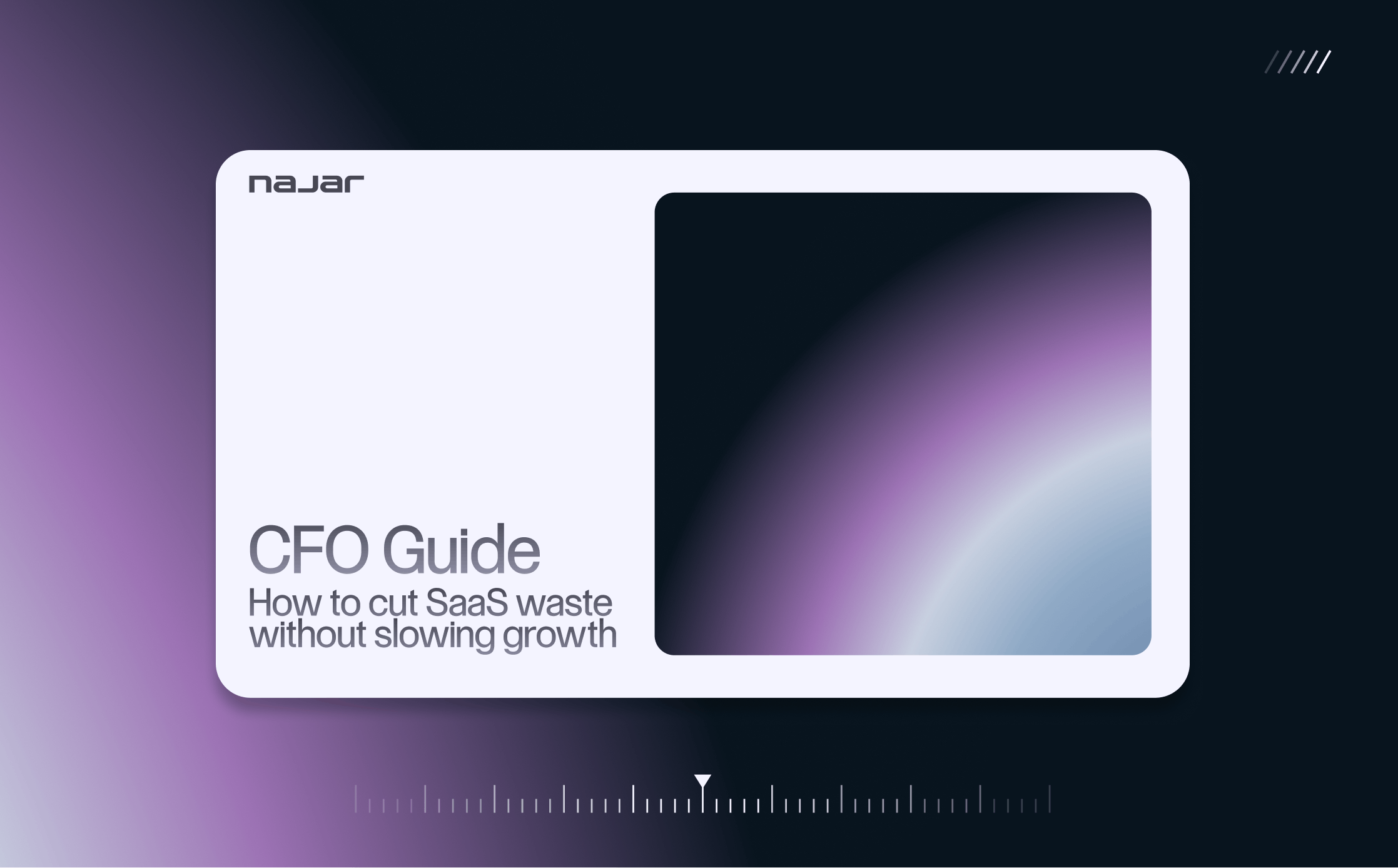How do internal and external IT buyers shape the dynamics in start-ups and scale-ups?
IT purchasing is a major expense item for most start-ups and scale-ups. It is therefore imperative for them to put in place appropriate measures to manage their contracts, streamline their purchasing processes and control their costs.
For this, they have 2 possibilities:
- Mobilize internal buyers, who are employees of the company, in charge of the entire IT purchasing cycle.
- Use external buyers, who are specialized consultants or third-party suppliers offering IT purchasing management technology solutions.
Wondering which of these two alternatives is best for your start-up or scale-up? You've come to the right place! This article analyzes the advantages and disadvantages of insourcing and outsourcing, and explores a third way, the hybrid approach. The objective: to give you all the keys to choose the best option.
IT purchasing in start-ups or scale-ups: what are we talking about?
The different types of IT expenditure in a start-up or scale-up
IT purchases cover all hardware, software, infrastructure and service expenses related to technology. In concrete terms, they can concern the acquisition of a new computer, the purchase of a license by subscription, or the services of an IT freelancer.
Let's take the example of SaaS solution purchases. They can represent a significant number of subscriptions for extremely varied tools:
- CRM
- Marketing automation tool
- Customer success tool
- HRIS
- Analytics tool
- Payment tool
- Etc, etc...
The list is long, and the expenses associated with these purchases tend to increase significantly as the start-up or scale-up grows.
The bill can therefore be high for companies that do not control this type of cost. Hence the need to implement targeted initiatives to gain control. This is where the IT buyer comes in.
The role of the IT buyer in a start-up or scale-up
The mission of the IT buyer is to define and implement a strategy to manage and optimize the company's expenses. That is to say, to ensure that each euro spent on technological equipment brings the highest possible added value.
The IT buyer assists the various business lines in their purchasing needs. The IT buyer is therefore in charge of comparing suppliers, evaluating them, negotiating contracts, managing any renewals, etc. All of this in compliance with the specifications defined by the management and the various business lines.
In start-ups that do not have a dedicated buyer, either internally or externally, all these tasks are managed directly by the operational teams, under the control of the CFO. The problem is that these teams generally have no specific training in contract negotiation, and obviously have very little time to devote to it.
As a result, IT purchasing is decentralized and haphazard, and there is no real control over spending. In short, to reduce unnecessary technology costs, it is imperative to mobilize the skills of a specialized buyer, internally or externally.
Internal vs. external IT buyers: what are the differences?
Internal IT buyer: a dedicated profile, close to the company's needs
Opting for an internal IT buyer means deciding to create a position, with all that this implies in terms of impact on the payroll. It is therefore a sustainable investment, which must be associated with a long-term objective.
The advantages:
- The buyer benefits from a good familiarity with the company's technological infrastructure and the stack of tools used
- He develops a thorough understanding of the company's current and future needs
- He/she can easily communicate with all teams that incur expensesThe cost effectiveness of insourcing is generally high
Disadvantages:
- It can be difficult to recruit a specialized or experienced profile
- Creating a position can generate high recruitment and onboarding costs, or internal skill development costs
- Internalizing implies important structural costs (equipment, premises...)
- This option provides little flexibility, which can be very disabling in times of crisis
External IT buyer: an expert for a pragmatic and more punctual support
Calling on an external IT buyer means benefiting from specialized expertise and great flexibility. Enough to implement targeted measures, and to ensure maximum agility.
The advantages:
- The buyer benefits from extensive expertise and solid experience, which saves time
- Brings an external point of view, which guarantees objectivity
- It can provide easy access to a wide range of trusted technology suppliers
- Outsourcing is a cost-effective solution if needs are limited
- The commitment is limited to the duration of the service
Disadvantages:
- Outsourcing requires time to define the needs and to find a partner
- The buyer benefits from a lesser proximity with the teams
- It is a solution that can be expensive, if the needs are important.
How to choose the most suitable solution for your start-up or scale-up needs?
Internalize or outsource: factors to take into account
So, between an internal or external IT buyer, which is the better option? The answer is both simple and complicated: it depends!
As we have just seen, both types of profiles have advantages and disadvantages. The important thing is to choose the solution that best suits your specific situation and needs.
Here are the main factors to take into account:
- The type of IT purchases you make
- Your IT purchasing budget
- Your IT purchasing outlook
- Your strategic objectives
Internalization can be a good choice if the management of your activity requires a dedicated position, and if such a resource will be profitable over time.
On the other hand, outsourcing is to be preferred if you consider that optimizing your purchases is a more marginal project, of short or medium duration, which requires specialized skills and total objectivity.
IT buying: what if you opt for a hybrid approach?
If you can't decide whether to insource or outsource your IT purchasing, there is a third way, which combines the best of both worlds.
You can decide to manage your IT purchases internally, with a more generalist purchasing profile, while outsourcing part of your needs for specific IT expenses.
Rather than delegating the entire mission to a single person, you can give him or her the role of project manager, capitalizing on his or her precise knowledge of the company's challenges and needs, while drawing on specialized external expertise. And this, on a "Procurement as a service" model.
A concrete example? An internal IT buyer can, for example, rely on the services of a consultant specializing in the purchase of SaaS solutions, to help him or her improve performance in this specific segment of spending.
This is what we propose at Najar, in addition to being able to provide an externalized purchasing department, we can provide purchasing support service: our dedicated buyers, who benefit from a vast knowledge of the SaaS market, help you negotiate your contracts, choose your suppliers and streamline your purchasing processes thanks to our dedicated tool.
This purchasing support is included in Najar's offer, which also gives you access to a management platform for your contracts, in order to centralize, control and track your IT purchases in progress Your internal buyer saves time and provides fast and efficient solutions to the specific SaaS needs of your employees.
The choice between an internal or external IT buyer is ultimately a multi-variable equation that requires you to accurately define your current and future needs. In any case, it is essential to weigh the pros and cons of operational efficiency and return on investment in order to make the best decision for your business.




